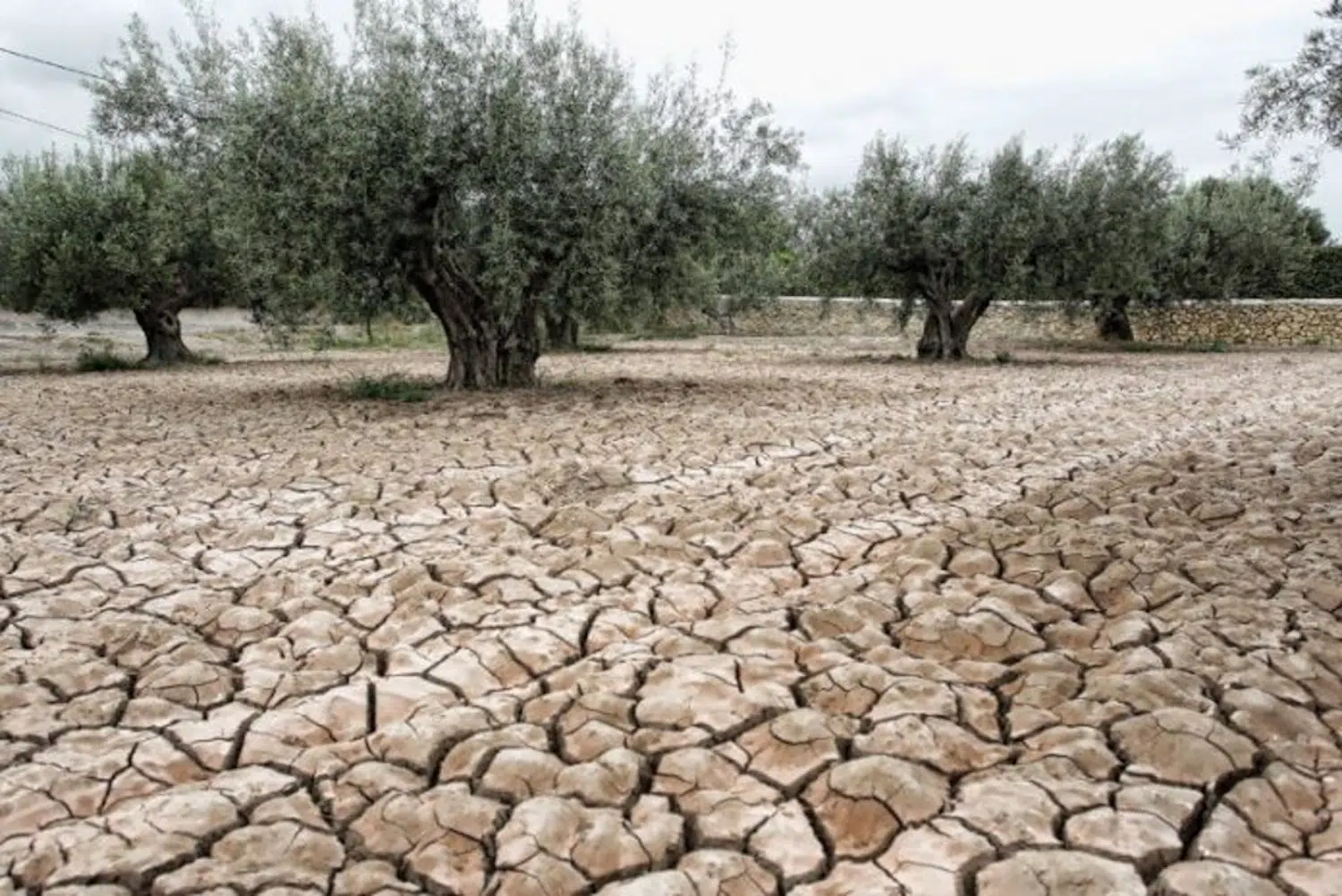
Italy is also experiencing its worst drought in 70 years, which is not helping the potential shortage. Now, scorching temperatures in Spain threaten olive oil. According to Travel + Leisure, an unprecedented heat wave, which has been dubbed “”Zoe””, is depressing olive production.
If there is no relief in temperature or rain in the coming weeks, this year’s olive harvest could be notably lower than previous ones, according to the Spanish Minister of Agriculture, Louis Plans. Also, according to Olive Oil Times (a publication devoted entirely to olive oil), Spain is the world’s largest producer “”by a wide margin””. In fact, it represents almost half of the world’s supply.
As a result, both Spain and Italy expect smaller olive harvests this year. On the other hand, the decrease in supplies of sunflower oil have worsened the situation. Hence, the price of Italian virgin olive oil has already risen by 27% compared to two years ago. Meanwhile, the European Commission reports that the price of olive oil has risen 19% above the five-year average in Spain.
According to Olive Oil Times, after an initial shock caused by the Russian invasion of Ukraine in March, oil prices EU olive oil prices eased slightly, but remain well above the five-year average.
The lack of water is already jeopardizing the next olive oil harvest. Provencal olive growers have several months without rain and expect a drastic drop in production, when Provence usually supplies two-thirds of the olive oil produced in France strong>.
Paolo Chabot, president of the Haute-Provence Moulin Bonaventure olive oil syndicate, expects a catastrophic harvest, with a fall of up to 40%. A situation due to an unprecedented drought. However, the olive tree is a tree known for its resistance, it knows how to produce with minimal amounts of water. In some olive groves, plants old enough to bear fruit will not produce olives. The land is drying out and deep cracks are appearing in places, a sign of a very, very advanced drought.
The prices of refined olive oil in Jaén, a Spanish benchmark, increased by 8.3% in June compared to the previous harvest year at €327 per 100 kg, according to the International Olive Council. In Bari, in southern Italy, extra virgin olive oil costs an average of €419.7 per 100 kg.
The market research group Mintec, announced that there could be year-on-year reductions of 25 to 30% for the Spanish production of olive oil. There is also great concern in the market regarding the quality of the next crop and what proportion of the crop will have extra virgin/virgin grades and how much will be classified as lampante (unfit for human consumption).
Since Spain accounts for the majority of the world’s olive oil production, these reductions would see a significant adjustment in global availability. Looking ahead, market participants expect prices to continue rising unless the weather improves and gives crops a break.
The hydrological reserves are anemic. In Andalusia, the water supply depends to a great extent on the Guadalquivir River, which is in an absolutely dramatic situation, according to Rosario Jiménez, professor of hydrology at the University of Jaén.
According to the Ministry for Ecological Transition, the reservoirs fed in the region by the river and its tributaries are currently 30% full. its capacity. Some are even 10% dry, or even practically dry.
A consequence of climate change and its extreme weather events, observed for years by farmers in the region, is that not only does it rain less and less, but when it rains it is torrential: the water runs without penetrating even on the ground.
According to a study published in early July in the journal Nature Geoscience, the Iberian Peninsula has never been so arid. And the phenomenon will continue to increase, at the risk of seriously affecting certain crops such as vines and olive trees, which is frightening Spain, which provides almost half of the planet’s olive oil, with 3,600 million euros of exports per year. In fact, many towns depend entirely on the olive tree, and without olives there is no more income.
According to the COAG, seven out of ten hectares of olive trees in Spain are currently cultivated without irrigation. However, with rising temperatures, 80% of the dry land plots in Andalusia could no longer be “”suitable for growing”” olive trees, at least for certain varieties.
The quality of production could also decline as farmers will no doubt have to “”make early harvests”” of less mature olives. And to limit losses, some might be tempted to increase the number of irrigated plots, but this solution would mean further weakening reservoirs and over-exploitation of water by intensive farming.
Important Note: aceitedelcampo.com promotes the consumption of extra virgin olive oil for its culinary qualities and health benefits. However, no medication or current treatment should be replaced without the guidance of a healthcare professional.
ALZAYT EXPORT SL
info@aceitedelcampo.com
C/ Eduardo Bosca 19, 2-5
46023 Valencia
Subscribe and receive a coupon by email for your next purchase.